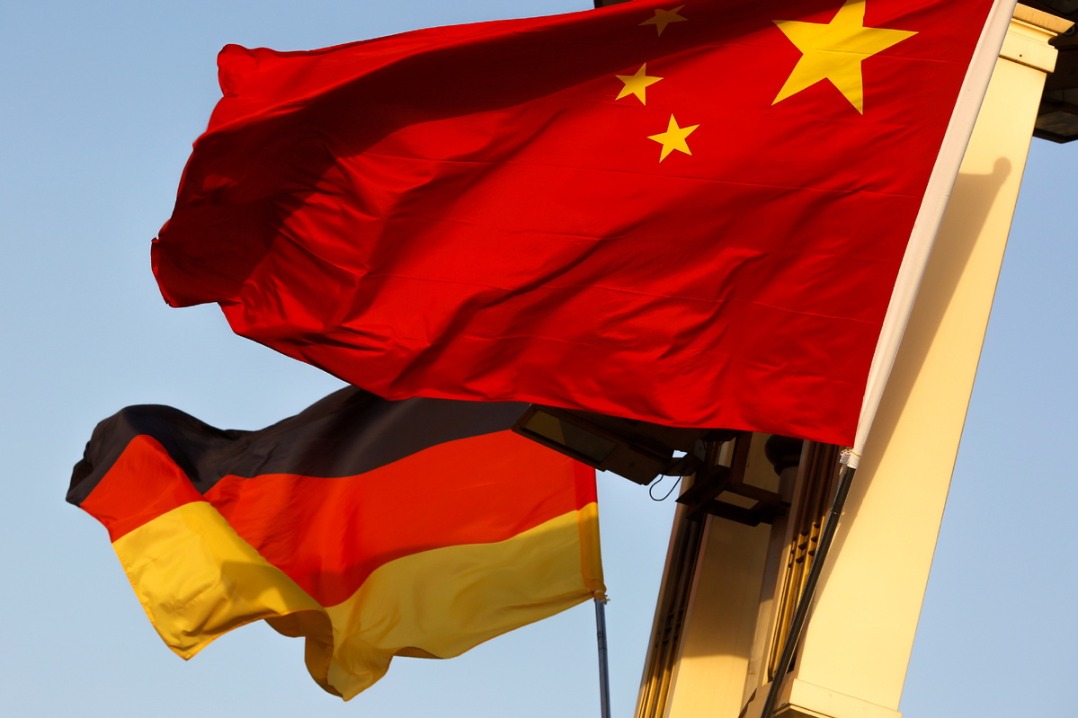Belt and Road Initiative reaching out geographically


An unprecedented project kicked off by China under reform and opening-up policy is now moving past the horizons. The new region catering to the interest of China is Latin America and the trade volume has increased exponentially. Even though on the other side of the globe, Latin America is coming under the consideration of Belt and Road Initiative (BRI), as China is promising infrastructure expansion to ensure access to raw materials, mining machinery and spare parts and agricultural products
China's BRI is widening out to affect regions not geographically connected to the actual project. In January 2018, President Xi Jinping called on Latin American countries to join Beijing and contribute to the initiative.
Recently, Foreign Minister Wang Yi joined the second Ministerial Meeting of the Forum of China and the Community of Latin American and Caribbean States. In that significant meeting, an integral declaration on the BRI was approved. According to Wang, the collaboration targets at the growth of logistic, electricity and information corridors.
President Xi Jinping also expressed his views that "It marks the beginning of a new era," in his address to the forum.
So far Latin America has not been officially incorporated in the BRI. Therefore, there are no pledges yet to any investments through the Silk Road Fund. Panama has been the only Latin American country to sign one of the more than 70 effective Belt and Road Cooperation Agreements. However, China’s curiosity in drawing Latin America nearer via the BRI is becoming evident. The future cooperation between China and Latin America, as outlined by Wang in Santiago, resembles the five BRI links: policy cooperation, infrastructure development, investment and trade facilitation, financial integration and cultural and social exchange. At its heart lies a major passage across the Pacific Ocean.
This presence of Latin America into the initiative links up with the current relations between the region and China. Among the Latin American presidents, Xi’s call is being heard on fertile ground. Through the BRI, Latin America would get closely connected to the Asia-Pacific. For some time now, the Latin Americans have been influenced that the future lies in the Pacific region, both economically and geo-strategically. The left has almost euphorically welcomed what it saw as a power shift taking place over the last decade. It was regarded as a chance to launch a counter-balance to the United States. But also, conservative and liberal forces like the Argentinian, Brazilian or Mexican governments set great store by good relationships with the Asia-Pacific and particularly with China. And more importantly, for right-wing forces within Latin America, foreign policy is first of all economic foreign policy. Whatever is favorable to the trade balance must be supported and promoted.
Being a Peruvian, I have keen insight on such trade ties. Peruvian Foreign Trade and Tourism Minister Eduardo Ferreyros on Tuesday expressed the Inca country's optimism about China's One Belt One Road (OBOR) economic initiative. Promoted by President Xi since 2013, the most ambitious plan aims to narrow economic and social gaps by boosting development and connectivity among participating nations. Speaking at the recent OBOR Summit in Beijing, Ferreyros noted the initiative builds on China's ancient Silk Road linking Asia to Europe and Africa while seeking to incorporate the Americas and Oceania.
"Peru's interesting geographical location will make us the platform connecting Asia and South America in this initiative [One Belt, One Road] proposed by China," he affirmed.
In this sense, the government official highlighted the Andean nation's strategic and comprehensive partnership with the Asian Giant.
Discussing OBOR summit, the two-day summit convened more than 30 heads of state and 130 state ministers from 60 countries to address physical connectivity through infrastructure, as well as new technologies and digital platforms. The event also stressed the role of integration in narrowing economic and social gaps.
"It [OBOR] seeks further progress towards free trade, avoiding protectionism," Minister Ferreyros said.
China's massive integration endeavor also promotes cooperation agreements and new frameworks for international cooperation. In this respect, BRI objectives target cooperation in various fields, such as investments, the environment, gastronomy, as well as social and cultural areas.
Mirtha Pardo is a senior accountant in Lima Peru associated with a Pharmaceutical firm and likes to read about economic relationships between various countries.
The opinions expressed here are those of the writer and do not represent the views of China Daily and China Daily website.









































